ChatGPT Website Design Trends: What’s New for 2024-As we step into 2024, the world of web design continues to evolve, and ChatGPT-powered websites are at the forefront of this transformation. ChatGPT, with its ability to converse, assist, and provide intelligent solutions, has become an essential part of many websites, especially for customer support, engagement, and content creation. However, to truly harness the power of ChatGPT, web design trends must evolve to enhance user experience and seamlessly integrate AI technology into the digital landscape.
In this article, we’ll explore the latest ChatGPT website design trends that are expected to shape user interactions and set new standards for 2024. From personalization to seamless integrations, these design trends are focused on improving accessibility, engagement, and functionality.
1. AI-Powered Personalization
One of the most exciting trends for 2024 is the shift toward highly personalized ChatGPT websites. Personalization isn’t new, but with the capabilities of AI, it’s becoming more intelligent and adaptable than ever before. ChatGPT can remember previous conversations, analyze user behavior, and adjust its responses to offer tailored experiences.
For instance, if a user revisits your website, ChatGPT can greet them with a personalized message, offer product suggestions based on past interactions, or even continue an ongoing conversation from a previous visit. This level of personalization fosters deeper connections with users and creates a more engaging, customer-centric experience.
To implement this trend effectively, your website’s design should include features like user account logins and cookies to help ChatGPT “remember” users. Personalization can also extend to content, where ChatGPT curates blog articles, FAQs, or resources based on a visitor’s interests or previous queries.
2. Minimalist, Clean Layouts with Focused Chat Interactions

In 2024, ChatGPT websites are embracing minimalist design trends to ensure that the user experience remains smooth and intuitive. Minimalism in web design focuses on reducing clutter, removing unnecessary elements, and making it easier for users to navigate the website without distraction.
The key here is to give ChatGPT a clear, prominent role without overwhelming the user with too many options or buttons. Clean, simplified layouts with large, easy-to-read fonts and intuitive navigation menus create a more user-friendly experience. The chatbot should be easy to access, whether through a floating chat icon or a clearly visible chat window, so that users can interact with it effortlessly when needed.
This approach not only makes your website aesthetically pleasing but also enhances usability, allowing ChatGPT to be the star of the show without fighting for attention against a busy layout.
3. Voice-Activated Interactions
Voice-based interactions are becoming more popular, and 2024 is expected to see this trend continue on ChatGPT websites. As users become accustomed to smart assistants like Alexa and Siri, they are expecting a similar experience on websites. Integrating voice recognition and text-to-speech features into your ChatGPT website can make the interaction feel more natural and hands-free.
For example, users can speak their queries instead of typing them, and ChatGPT can respond with voice output, making the website more accessible and convenient. This trend is particularly useful for users with disabilities, those browsing on mobile devices, or anyone who prefers voice over text. A voice-activated feature also adds an element of novelty and enhances the modern, high-tech feel of your site.
To design for voice interaction, make sure your website supports speech-to-text functionality and has a clean, responsive interface that accommodates voice responses. Ensure the design doesn’t distract from the primary goal: a smooth and natural conversation with ChatGPT. (Read More: Improving Canva Website SEO: Top Strategies for Creative Entrepreneurs)
4. Dynamic Chatbot Widgets
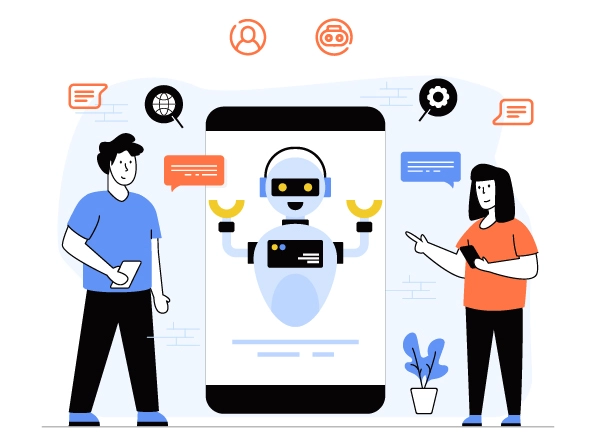
Gone are the days of static chatbots that only provide generic responses. In 2024, dynamic and interactive chatbot widgets are the norm for ChatGPT websites. These widgets can change based on the user’s actions, preferences, and browsing history. For example, the widget may offer a proactive greeting when it detects a user on a product page or offer customer support when a visitor spends too long on a particular page.
The key to a successful dynamic chatbot widget is making sure it doesn’t interrupt the user experience but enhances it. ChatGPT should be able to analyze the context of the user’s interaction and trigger helpful responses or suggestions accordingly.
Additionally, these widgets can integrate multimedia content, such as videos, images, and links, creating a richer, more interactive experience. By making the chatbot more flexible and context-aware, users are more likely to engage with the AI and appreciate the value it brings to their experience.
5. Seamless Integration with Other Platforms
ChatGPT websites in 2024 are expected to integrate more seamlessly with external platforms, creating a smooth, interconnected experience for users. This means integrating AI not just within the website but across various digital touchpoints, such as social media, mobile apps, and third-party services.
For instance, ChatGPT could be embedded on your website, but also on your Facebook Messenger, WhatsApp, or even in email campaigns. This omnichannel approach ensures that users can access the chatbot no matter where they are. The design should therefore consider responsive elements that adapt across devices and platforms, ensuring consistency in the user experience.
Moreover, ChatGPT can be integrated with CRM systems, eCommerce platforms, and analytics tools to provide a holistic experience for both users and site administrators. This integration creates a more intelligent system that allows ChatGPT to offer more personalized responses and actions based on real-time data. (Read More: Website AI Makers vs. Traditional Web Designers: Which Is Right for You?)
6. Enhanced Accessibility and Inclusivity Features
As accessibility becomes a priority for many websites, ChatGPT websites are following suit. In 2024, it’s expected that more websites will design with inclusivity in mind, ensuring that ChatGPT can be accessed and used by people with a variety of abilities.
This includes features like text-to-speech for the visually impaired, speech-to-text for users with limited dexterity, and more options for users who need customized fonts or color contrasts. Additionally, ChatGPT’s responses can be optimized to be clear and concise, providing a more accessible experience for all users.
Making your ChatGPT website accessible not only helps to meet legal requirements in some regions but also shows that your brand values diversity and inclusivity. It helps build trust with a broader audience, leading to a more loyal user base. (Read More: Boost Your Canva Website with SEO: 7 Essential Tips for Ranking Higher)
7. Futuristic UI and Immersive Experiences

Finally, 2024 is the year when we will see more immersive and futuristic user interfaces (UIs) integrating with ChatGPT websites. This could mean the use of 3D animations, AR (Augmented Reality) features, or even virtual assistants to enhance the user experience. For example, ChatGPT could guide users through a virtual shopping experience or help them visualize complex data in a more interactive format.
This trend adds a futuristic, high-tech feel to your website and shows users that your brand is ahead of the curve. However, the key is balance—while immersive experiences can be exciting, they must not overwhelm or confuse users. A minimalist approach with subtle immersive features will ensure that ChatGPT remains the focal point of interaction.
Conclusion article ChatGPT Website Design Trends: What’s New for 2024
In 2024, ChatGPT website design trends are all about creating intuitive, personalized, and engaging user experiences. By focusing on AI-powered personalization, clean layouts, voice interactions, dynamic chatbot widgets, and accessibility, you can create a website that not only meets the expectations of today’s digital users but also sets you apart from the competition. Embracing these trends will help your ChatGPT website stay relevant, innovative, and user-friendly as we move further into the future of AI-driven web design.
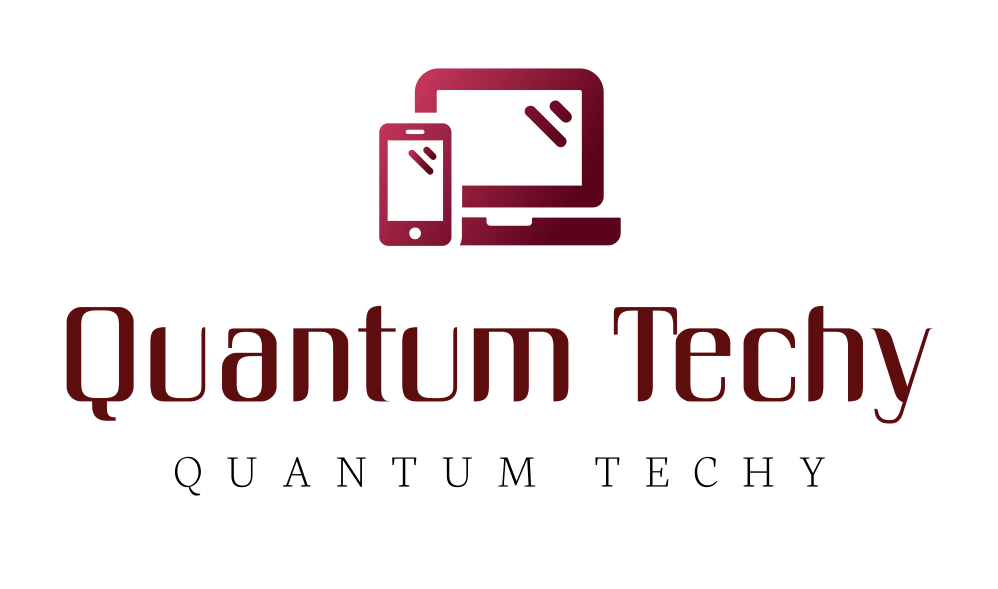
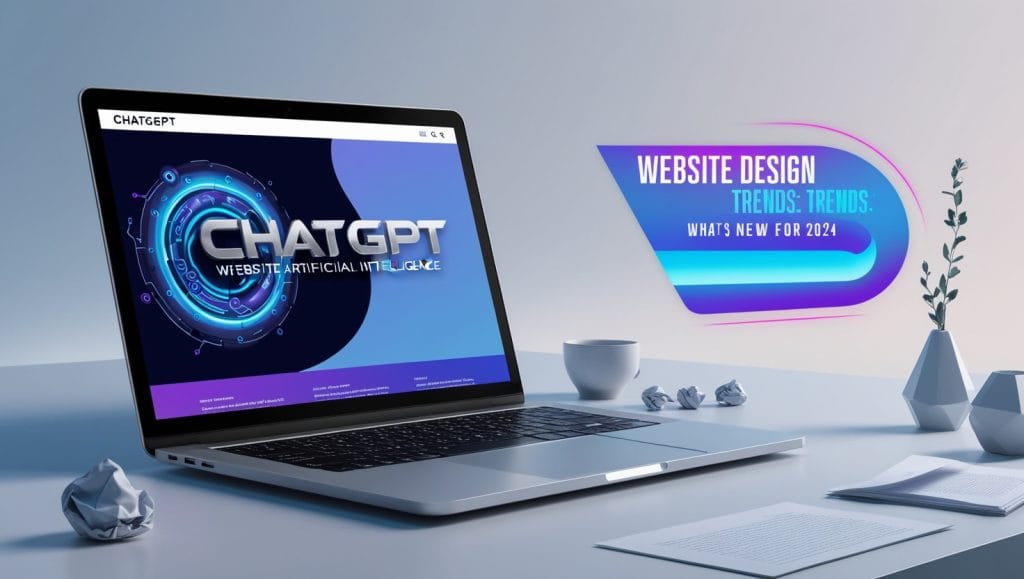





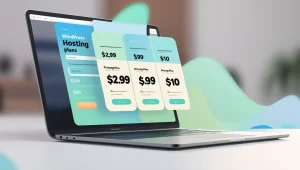
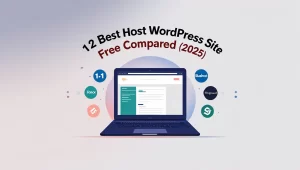
1 thought on “ChatGPT Website Design Trends: What’s New for 2024”
Comments are closed.